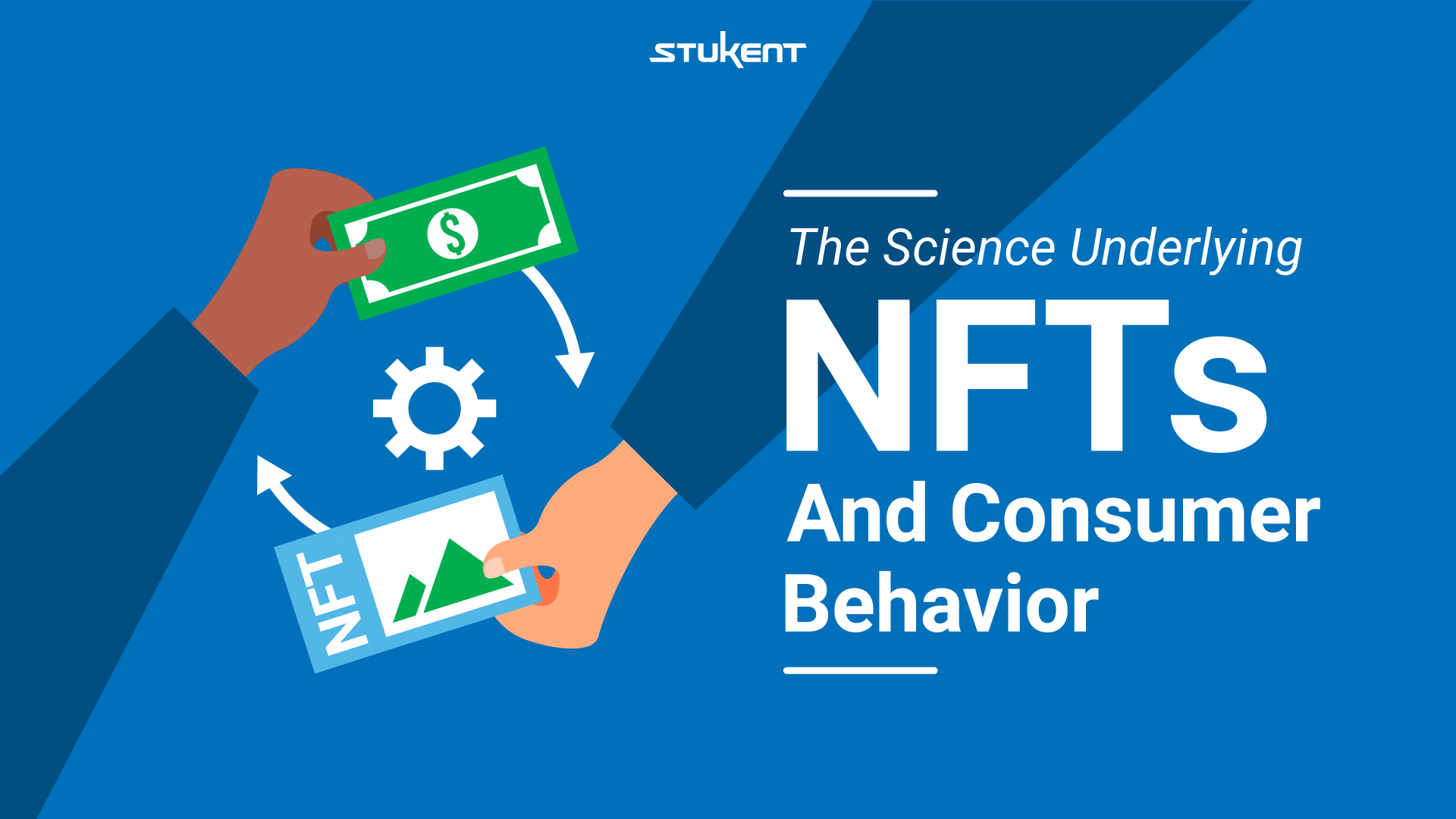Article originally posted on Forbes.com. Reposted with permission.
POST WRITTEN BY Radhika Duggal
If you learned everything you know about marketing from Mad Men, you’d believe marketing is an art form — not at all backed up by data or science as American economist and professor Paul D. Converse argued in 1945. After all, the first time the fictional ad agency Sterling Cooper Draper Pryce measures the results of their campaigns or does any real research is in season four! But we marketers live that science on a daily basis, especially in the digital era that is steeped in meticulous research used to develop value propositions and data-driven performance marketing.
Where, then, is the science behind the value proposition for non-fungible tokens like Beeple’s Everydays — The First 5000 Days which sold for $69 million in March 2021? What justifies the price that consumers are willing to pay for these and other NFTs?
As a professor, author, and continuous student of consumer behavior, I see real science behind the NFT craze. Consider Maslow’s Hierarchy of Needs. Maslow’s Hierarchy is a five-tiered model, which is often depicted as a pyramid. The needs outlined on the four bottom levels of the pyramid — physiological, safety, love and belonging, and esteem — stem from the lack of needs fulfillment at these levels. For example, the safety need stems from a lack of a safe environment. Once you have fulfilled that need and occupy a safe environment, the pressing need will recede, and consumer mindshare and actions will become directed at meeting the next set of needs that have yet to be satisfied. It’s important to recognize that Maslow did evolve his theory over time, noting that the order of needs might change based on environmental circumstances or individual differences and that much of behavior is motivated by several levels of the hierarchy, not simply one need or level at a time.
That aside, self-actualization, the need at the top of the pyramid, is different from the other four. Self-actualization is about personal growth and reaching one’s full potential. It is:
1. Deeply individual. Take, for example, two men, both Harvard Business School graduates, fathers of two, and investment bankers. For one, self-actualization is defined as being the best husband and father possible. For the other, it could be to become the CEO.
2. A growth need. It does not stem from a lack of something, but rather from a desire to grow as a person. Once a consumer engages in self-actualization, the need gets even stronger, prompting more action. Consumers will do more and more to reach that state — and for many, they’ll never fulfill that need entirely.
Just what does all of this have to do with NFTs? While it seems that consumers engaging in the NFT craze are paying millions for the privilege to do so without any science or logic, that’s not necessarily true. There is a clear explanation grounded in the science of Maslow’s Hierarchy and economic factors:
1. The number of wealthy individuals seeking self-actualization continues to grow.
A 2021 report found that there are about 56 million people globally who are millionaires — a 9% increase from the prior year. And, the number of billionaires grew by more than 13% in 2020. Having fulfilled the lower rungs of Maslow’s Hierarchy of Needs, these wealthy individuals have turned their attention to self-actualization. But remember, self-actualization, unlike the other needs, grows more pressing the more one tries to engage with and fulfill it, and for most, it is a need that is never fulfilled.
2. Many wealthy individuals may have exhausted their ability to spend on their needs in the physical world.
Certainly, with enough money, they’ve exhausted the needs at the bottom of the pyramid — physiological needs, safety needs, needs for love and belonging, and esteem needs. They may have even maximized opportunities to spend on self-actualization in the physical world. But the digital world represents a new opportunity to spend on self-actualization, and what better way to drive prestige and credibility than posting an exclusive NFT?
Just like a Tesla is a form of social currency in the physical world, an NFT is a form of social currency in the digital world. Scrolling through your social media, you’ll find thousands of users with CryptoPunks or Avastars, enabling them to tap into a rapidly growing community that is investing in NFTs. Doing so says something about who you are and what you have accomplished.
If investment in one’s digital profile is the next frontier, how will that impact businesses and marketing in the future? What new markets, products, and businesses will stem from that evolution? A great example of this new frontier is the Flyfish Club, an NFT restaurant coming to New York in 2023. To gain access to the exclusive Flyfish Club, consumers will have to purchase an NFT that will cost $13,600 for “regular access” and $29,500 for “exclusive access” (which includes access to a private room for omakase), and that’s just the price of entry. It doesn’t include the cost of your meal. But it does buy you another notch on your self-actualization belt and, for some, that’s priceless.

Radhika Duggal is the CMO at Snapcommerce, a financial services and healthcare leader focused on Gen Z and millennials, and the author of Consumer Behavior: A Marketer’s Look Into the Consumer Mind.






